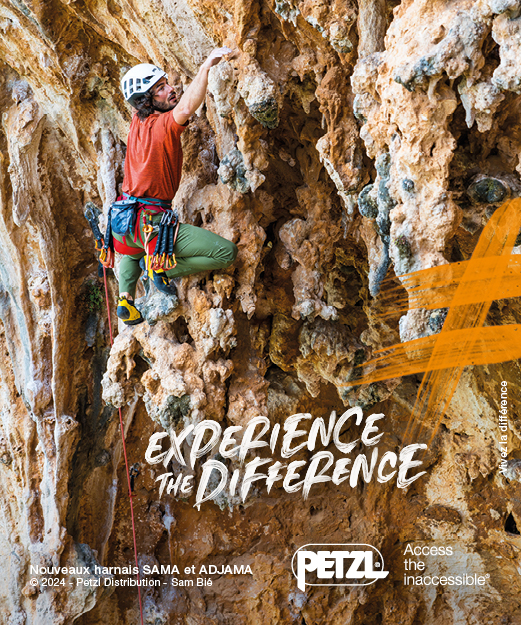Fun Climbing Takes Hold : is it good for climbing ?

Less than two decades after the first commercial climbing wall was built, professional wall building companies started building their first “fun climbing” centers. The concept is mostly the same, in that participants use ropes and the objective is to get to the top (most of the time). But the audience, design and business model is drastically different. Though not as popular as typical climbing gyms, which total at about 415 in the U.S., there are now about 20 of these new climbing amusement facilities and the market seems growing.
The brightly colored venues are geared towards kids, birthday parties and even corporate team building retreats. Though traditional climbing gyms have long catered to kids and groups, and many offer dedicated party rooms, these amusement venues take it to a whole new level. And don’t require space to be shared with anyone besides other kids on a frosting sugar rush, their chaperones and apparently the odd group of adults escaping the conference room.
The biggest names involved in the concept
Though Walltopia and Entre-Prises are two of the biggest names involved in these new venues. The brand imprinted on the faux rock, brightly colored puzzles pieces and other Dr. Seuss contraptions that populate theses facilities will say Clip ‘n Climb or Funtopia. Funtopia, as may be obvious, is the fun climbing arm of Walltopia, and Clip ‘n Climb is EP’s version.
Clip ‘n Climb wasn’t always involved with EP. The fun-climbing concept was first conceived in 2005 by John Targett and Tim Wethey in Christchurch, New Zealand. In 2010 they signed a manufacturing license with EP. In order to provide production services in Europe and North America. Ten years later Wethey left to pursue other interests and EP took a strategic stake in the business. Today there are 99 Clip ‘n Climb centers worldwide.

Fun climbing : is it Good For Climbing?
Purists of the sport of climbing are known to frown upon this newer side of the indoor climbing business. As purists are typically known to do when things change. Though there is not data to support the theory, the less intimidating setting seems to be a new way to introduce people to the sport of climbing. It’s a similar softening of the learning experience that indoor climbing gyms created for outdoor climbing.
ClimbZone General Manager Liesl Kenrick said “It’s an add-on for the sport”. He also explained that since there’s no belay classes to take (all the activities use auto belays for protection), you don’t have any barriers that could deter someone interested in giving the sport a chance.
Many people may only try it out a few times and be done with it. But it would be reasonable to expect some bleedthrough into the more serious side of the sport. Something Upper Limits Founder Chris Schmick has witnessed first hand.
Upper Limits, a St. Louis-based chain of gyms, recently opened its fourth gym in Chesterfield, Missouri. And it houses a typical gym along with a “Wacky Walls” area with walls provided by Funtopia. The short gym, standing at 24 feet tall, has proved to be an ideal set-up for bouldering and amusement in its suburban setting.

Mixing the two ?
The reception of the gym with its two approaches to the sport have been well-received. And appear to offer a funnel from the wacky side to the more serious part of the gym. The two areas are separate, but immediately visible to both parties.
“I think our members realize to have new holds we have to have birthday parties,” Schmick said. “It’s going to be a big thing for our climbing team and youth programs.”
Schmick has witnessed some kids move from the pay-per-hour Wacky Walls to the bouldering area. And purchase a day pass in the same day, which shows that separate but visible may be the way to go for other gyms considering mixing the two.
Schmick said this method appears to be the right approach at about a month into being open with the new concept.
And though the purists may have their own names for it, for tax purposes the venues are typically labeled as family entertainment or amusement parks. Others like to refer to it as “climbing for the non-climber” or climbing for the masses. Whatever it is called, it could become the avenue for the next set of great climbers to find the sport. And fun climbing could also be the key to bringing the sport into the mainstream, therefore boosting membership and day pass sales.
Read the full article








